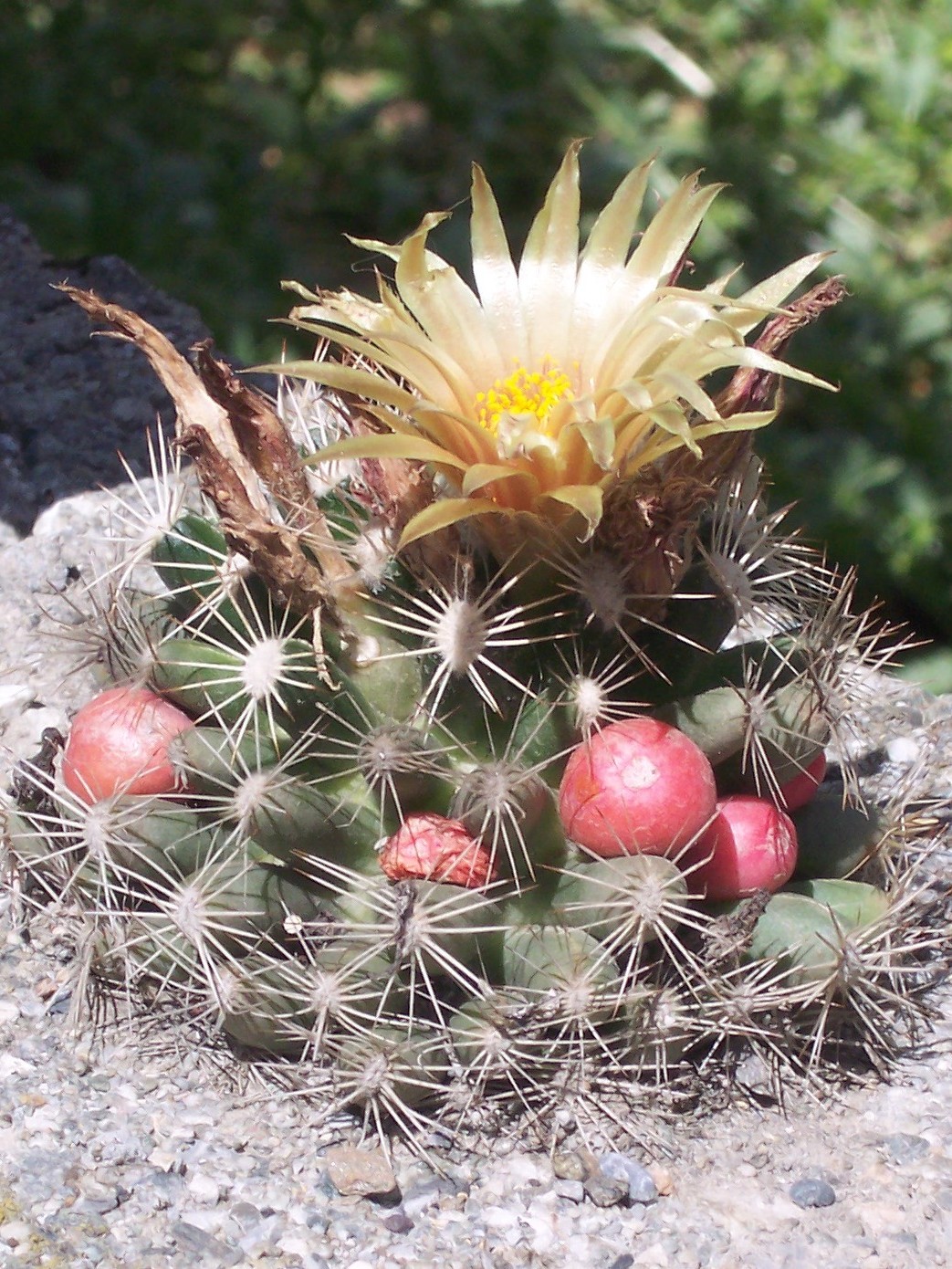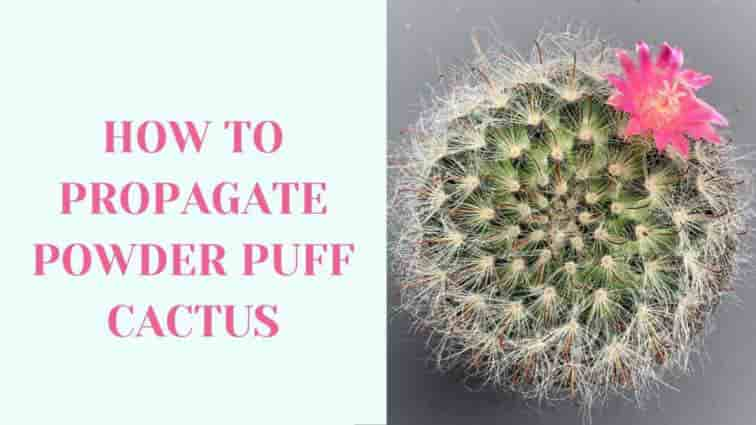
Picture via Wikimedia
Basic Info
Escobaria Missouriensis is also commonly known as the Missouri Foxtail Cactus. As the cacti matures you can expect it to reach up to around 30 cm (12″) tall and about 30 cm (12″) in diameter. Each areole has 6 to 21 spines the areola is white, pale tan or pale gray. When the cacti finally flowers you can expect it to produce see yellow-green flowers from late spring to early summer.
Scientific Classification
Family: Cactaceae
Subfamily: Cactoideae
Tribe: Cacteae
Genus: Escobaria
Care and Propagation Information
Watering
Escobaria Missouriensis ‘Missouri Foxtail Cactus’ can be quite beautiful when it is well-taken care of. This succulent type needs typical watering as the other succulents. The watering method is very important to keep your Missouri Foxtail Cactus healthy. It should not sit on the water, and an excess amount of water should be avoided. The best way of watering is soak and dry method this succulent. Yet, the succulent should be controlled to avoid overwatering.
General Care for Escobaria Missouriensis ‘Missouri Foxtail Cactus’
This succulent type is a unique one that blooms in the spring. When it blooms, you will enjoy yellow flowers. It is a nice addition to your collection of plants especially if you have it displayed in a beautiful pot.
This page contains affiliate links.
Quick Facts:
- Prefers full sun
- Can be grown outdoor
- Grows 30 cm (12″) tall
- Grows up to 30 cm (12″) wide
- Can die easily if overwatered see: How to Water Succulent Plants
- Does not handle cold well
- Prefers Zone 7a-11b -17.8°C (0°F)
- Best propagated by grafting, offsets or seeds
- Flowers are yellow
Where to Plant
Escobaria Missouriensis ‘Missouri Foxtail Cactus’ succulents need strong light. When planting this succulent type in a garden, make sure it gets sunlight. Full to partial sun is the best for its growth. It is better to grow outdoor rather than indoor.
This type of succulent prefers a warm climate. It can survive at zone 7a-11b which is around -17.8°C (0°F). If you live in a cold area, it is better to plant Missouori Foxtail Cactus in an indoor environment. As long as it gets enough sunlight, the plant will grow happily.
When selecting what pot to use be sure that you understand the difference between the material used (See our guide on how to pick the best plant pot).
How to Propagate Escobaria Missouriensis ‘Missouri Foxtail Cactus’
The Missouri Foxtail Cactus can be propagated by grafting, offsets or seeds. This succulent type does not require repotting often. Of course, the first-time repotting is essential when it is bought from the store. You can learn all about How To Repot Succulents in our guide.
Like all the other succulent types, a well-drained soil mixture is essential. If you want to know about well-drained soil mixtures, check How to Prepare Well-drained Soil for Succulent Plants.
How to Propagate Escobaria Missouriensis ‘Missouri Foxtail Cactus’ By Beheadings
You can cut off the head of the succulent using clean scissors. Leave a few inches to the base to stay on the safe side. There should be enough stem on the cutting. Before replanting, wait for a few days so cutting and the base can dry. When the cutting is calloused, replant it. Don’t forget to water when the soil dries out.
How to Propagate Escobaria Missouriensis ‘Missouri Foxtail Cactus’ From Offsets
The Missouori Foxtail Cactus propagates from offsets. To be able to propagate from the mother plant, you might wait several years for the main plant to produce an offset. To start this process, use a sharp knife and remove an offset from the main plant. When you remove the offset, clean the extra soil from it. Before replanting, wait for a few days to allow it to callous. Use well-draining soil for your new succulent plant. Don’t forget to water when the soil dries out.
How to Propagate Escobaria Missouriensis ‘Missouri Foxtail Cactus’ Using Seeds
This succulent type is a slow grower so even if it can be propagated by its seeds, this method is not recommended. To propagate from the seeds, plant the seeds in a well-draining soil mixture. This method can be used outdoors. In cooler areas, indoor propagating is recommended.









